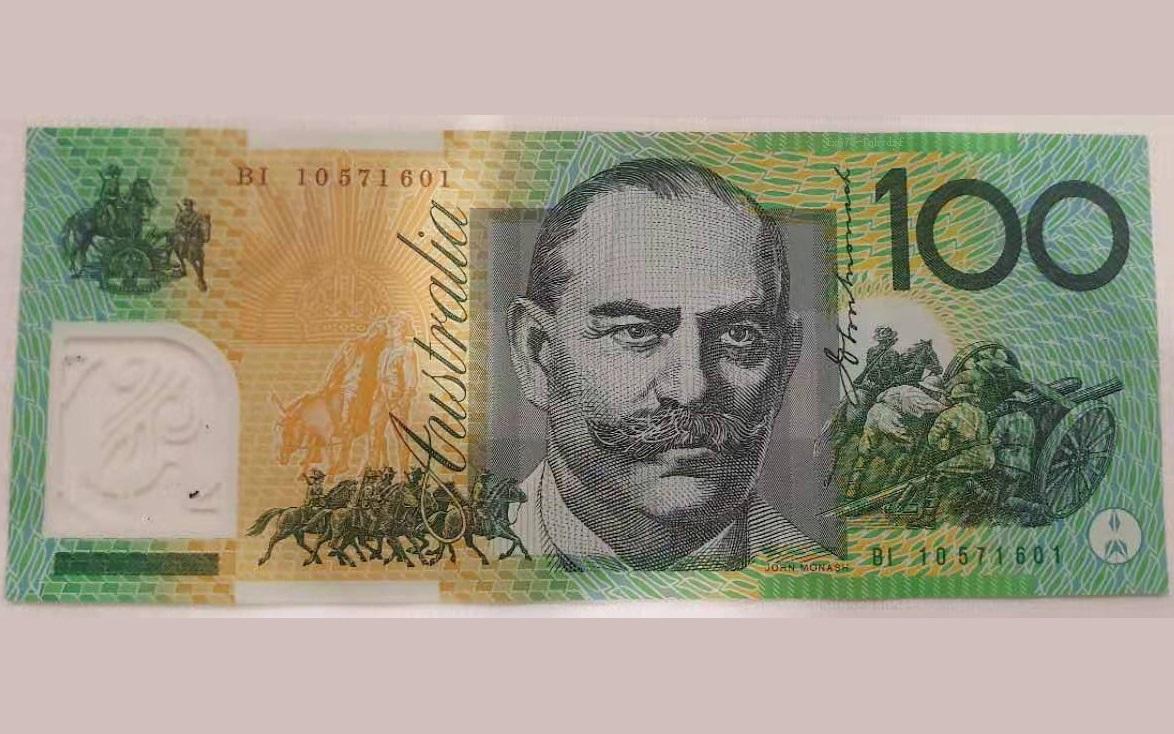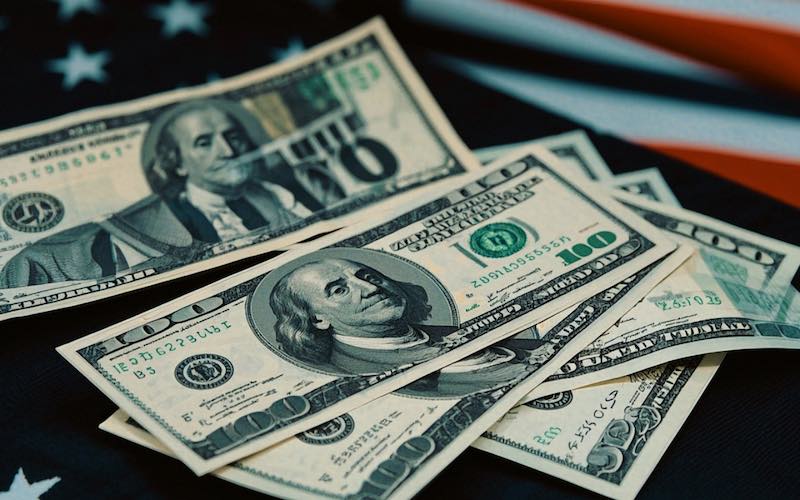AUD strengthens as Fed's dovish comments improve market sentiment
2025-07-18 11:40:38

San Francisco Fed President Mary Daly said it was a "reasonable" outlook to expect two rate cuts this year, but warned of the risks of waiting too long. Daly added that rates would ultimately remain at 3% or higher, which is above the equilibrium rate before the pandemic.
Federal Reserve Governor Christopher Waller said late Thursday that he believes the Fed should cut interest rates at its July meeting given heightened economic risks, and Waller stressed that delaying rate cuts could lead to the need for more aggressive measures in the future.
But Federal Open Market Committee member Adrienne Kugler said the Fed should keep interest rates unchanged "for now" as the impact of the Trump administration's tariffs begins to show up in consumer prices. Kugler said restrictive monetary policy is essential to keep inflation expectations in check.
AUD boosted by weaker dollar ahead of Michigan consumer confidence data
The U.S. dollar index (DXY), which measures the dollar against six major currencies, fell slightly and is currently trading around 98.45, down about 0.2%. Traders will focus on the University of Michigan consumer confidence index, building permits and new housing starts data released today.
U.S. retail sales rose 0.6% month-on-month in June (previous value -0.9%), 0.1% higher than market expectations. The year-on-year growth rate reached 3.9%, higher than 3.3% in May.
The producer price index (PPI) unexpectedly remained flat in June, lower than the expected 0.2% increase. The core PPI rose 2.6% year-on-year (previous value 3.0%), lower than the expected 2.7%.
The latest Federal Reserve Beige Book shows that although overall economic activity remains healthy and inflationary pressures are relatively mild, potential cost pressures are accumulating and business operators remain cautious.
U.S. President Donald Trump said on Wednesday that he plans to notify more than 150 countries of a 10% tariff rate. He stressed that these are not "big countries" that have close trade relations with China or Japan, and hinted that the tariff rate could rise to 15-20%.
In an interview with Real America's Voice, Trump said he hoped that Fed Chairman Powell would resign, but removing him would disrupt the market. He also mentioned the possibility of reaching an agreement with Europe, but said he would not comment on the Canadian tariff issue for the time being, while the tariff agreement with India was very close.
China's GDP grew 5.2% year-on-year in the second quarter (previous value 5.4%, expected 5.1%), and grew 1.1% month-on-month (expected 0.9%). Retail sales in June grew 4.8% year-on-year (expected 5.6%), and industrial added value grew 6.8% (expected 5.6%).
Data from the Australian Bureau of Statistics on Thursday showed that seasonally adjusted employment increased by 2,000 in June (down 2,500 in the previous month), far below the expected 20,000. The unemployment rate rose to 4.3% (4.1% in the previous month), higher than the expected 4.1%.
Westpac Bank reported on Tuesday that its consumer confidence index rose 0.6% month-on-month in July (0.5% in June), improving for the third consecutive month, indicating a mild upward trend in consumer confidence.
AUD trades around 0.6500 after rebounding from 50-day moving average
AUD/USD hit 0.6510 on Friday. The daily chart shows that the exchange rate is in an upward channel, but the 14-day relative strength index (RSI) is below the 50 median line, indicating that the upward momentum is weakening. The exchange rate is still below the 9-day exponential moving average (EMA), indicating that the short-term upward momentum is weak.
On the downside, the 50-day EMA (0.6490) provides immediate support. If it effectively falls below this level, the exchange rate may fall to the lower track of the ascending channel at 0.6460 (coinciding with the three-week low of 0.6454 set on July 17).
The upside target is the 9-day EMA (0.6524). A break above this level could push the exchange rate to test the eight-month high of 0.6595 set on July 11.
At 11:39 Beijing time, the Australian dollar is trading at 0.6507/08 against the US dollar.
- Risk Warning and Disclaimer
- The market involves risk, and trading may not be suitable for all investors. This article is for reference only and does not constitute personal investment advice, nor does it take into account certain users’ specific investment objectives, financial situation, or other needs. Any investment decisions made based on this information are at your own risk.










